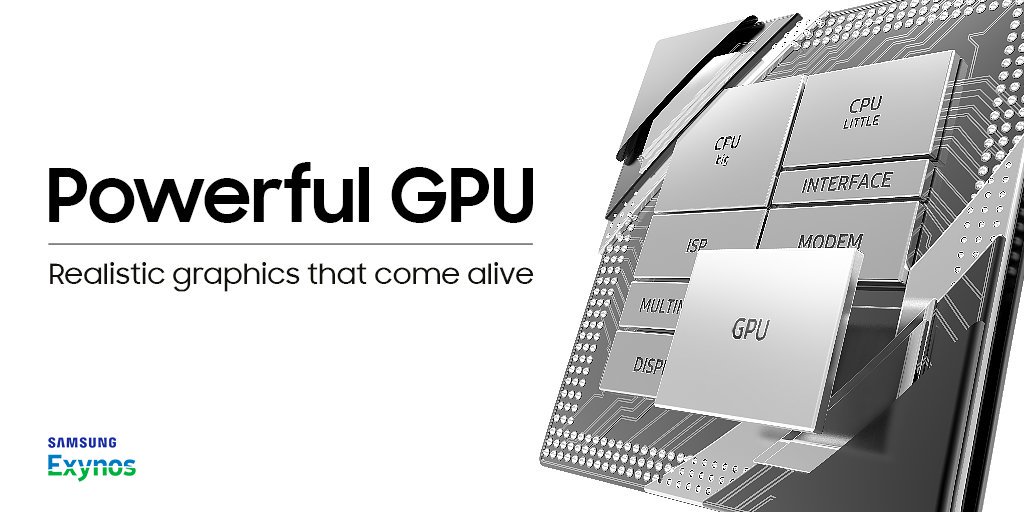Samsung laptop PCs and devices could have proprietary GPUs because, why not?

Apple isn’t the only major tech company looking to power its devices with 100% proprietary hardware.
In the wake of Apple’s own Project Star ambitious concept ARM-powered MacBook, Samsung is back, on a mission to once-again one-up Apple.
Samsung’s investment into creating proprietary GPUs has gotten serious enough for the company to officially publish job openings on LinkedIn for positions related to the manufacturing and design of graphical processors that may someday replace Nvidia and AMD GPUs entirely, at least on a number of product categories, such as ultraportable 2-in-1s, tablets, smart TVs, smart refrigerators, and smartphones.
Word of Samsung working on proprietary GPU designs has been going around since 2015, mostly as rumor, but in recent years, major companies have been tinkering with proprietary CPU and GPU designs, mostly concepts so far.
By the looks of things, Apple could be the first to start replacing third-party CPUs from Intel, by 2020, with Samsung possibly following suit with regard to GPUs. The irony perhaps in the fact that Samsung is a chip supplier itself, and it already has formed a partnership with ARM, to design and produce graphical processors for Exynos chipsets.
The big question here is: if Apple, Samsung and possibly Microsoft succeed in building their own mobile and desktop CPUs and GPUs, how will this new trend affect the market and the price of devices?
The short answer is: it probably won’t.
Cutting out Nvidia, AMD and Intel from providing consumer CPUs and GPUs may sound like it could turn into a massive grudge against device manufacturers, but as noted by Intel’s own quarterly sales report history, much of their revenue portions come from the supply of hardware to larger infrastructures, such as privately run data-centers, and national/international government operations, with only 5-10% making up for consumer-driven supply.
With that said, should demand for consumer-grade CPUs and GPUs drop to zero, as unlikely as it may be, it could be theorized that companies that specialize in the design and production of central processors, may concentrate exclusively on two types of market: industrial/government, and custom systems, the latter of which is very much a still booming market.
The price of devices will most likely not change very much, possibly due to the fact that while higher processing power is always an indicator for a more expensive device tier on a product page, it is hardly the reason for the higher price. In fact, what drives the price tag of a device is its configuration as a whole, which is comprehensive of larger sizes SSDs, more RAM, better quality multimedia components, and display quality/resolution, aside from the materials and design of the device itself.
A good example if the Microsoft Surface Book, which is not very different in specs from many other ultraportables, however its unique design, as well as the technology used to make that design a reality, comes with a price tag that is fully justified by the consumer’s requirements for a specific experience.
On the other hand, a MacBook Pro, which is in in practical terms a whole different device, possesses radically different characteristics that make it unique and attractive to other consumers who like a more traditional approach to laptops.